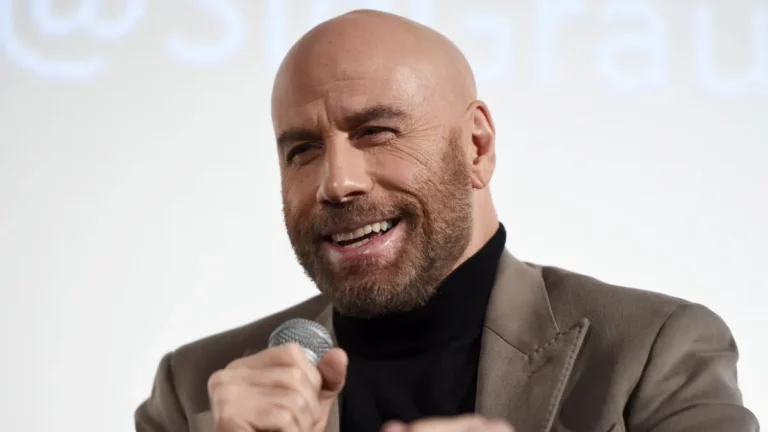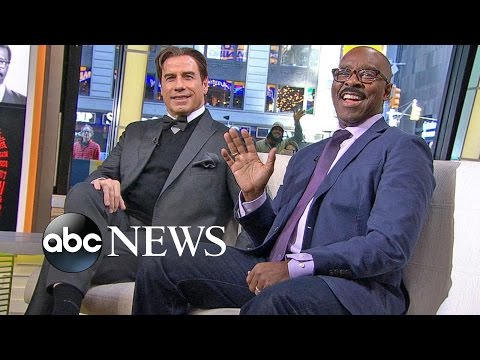John Travolta, the iconic star known for his magnetic presence in Saturday Night Fever and Pulp Fiction, made a striking return to television after nearly four decades. His comeback was in the critically acclaimed series The People v.O.J. Simpson: American Crime Story, where he portrayed Robert Shapiro, a key figure in one of the most sensational trials in American history. This role marked a significant shift from his last TV appearance as Vinnie Barbarino in Welcome Back, Kotter which ended in 1979.
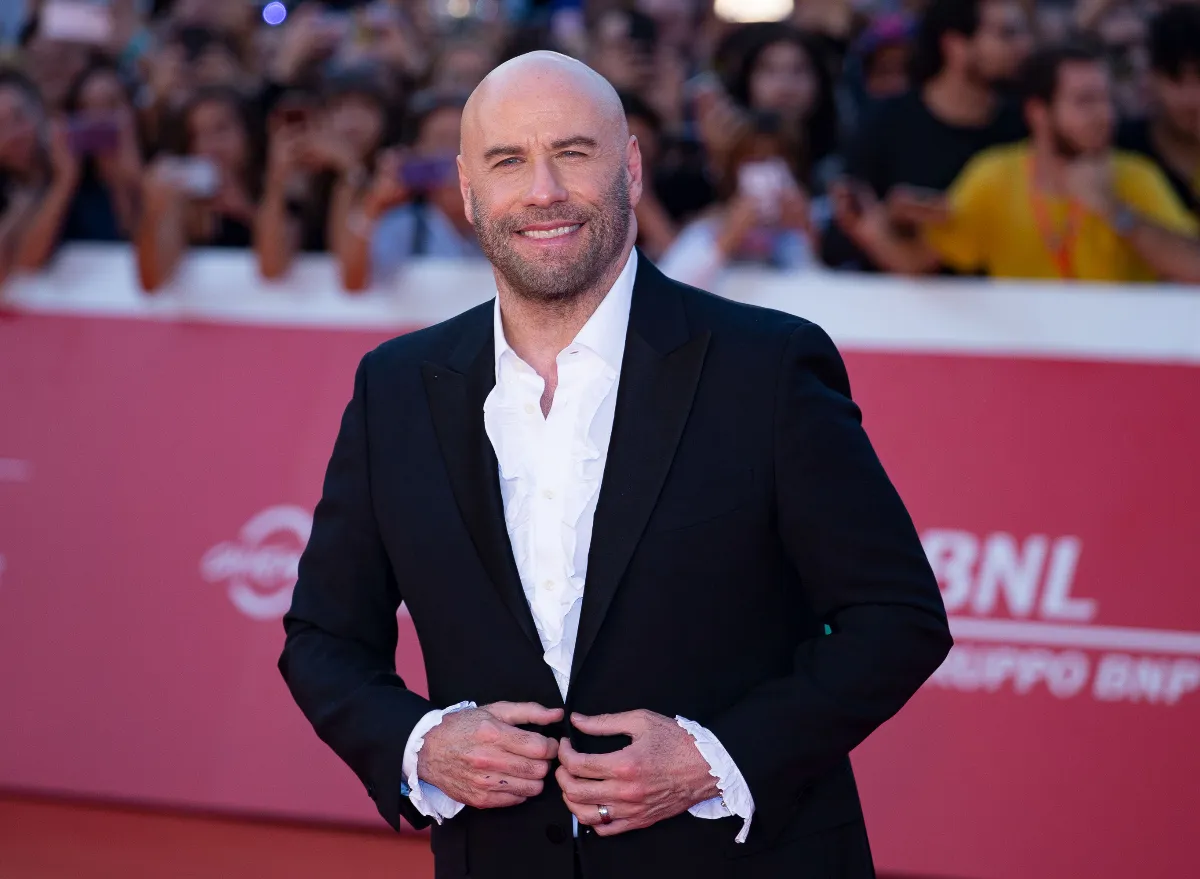
Travolta’s decision to re-enter the television arena was not taken lightly. It involved months of contemplation and the counsel of some of Hollywood’s most influential figures. In an enlightening interview with GQ, Travolta disclosed that his decision was heavily influenced by a high-profile ‘consulting’ team that included Steven Spielberg, Tom Hanks, Rita Hanks, Oprah Winfrey, and Michael Eisner. Spielberg and Eisner, in particular, were noted as the most enthusiastic about his participation in the series, pushing him towards what they believed would be a beneficial move for his career.
A New Era of Television Resembling Cinematic Experience
Travolta’s experience on the set of The People v. O.J. Simpson was profoundly different from his earlier television projects. He described the atmosphere as akin to that of a movie set, a sentiment that reflects the evolving nature of TV productions which are increasingly adopting cinematic techniques and storytelling methods.
“My whole memory of television didn’t really come back to me. It was more like working on a movie,” Travolta shared with The Hollywood Reporter.
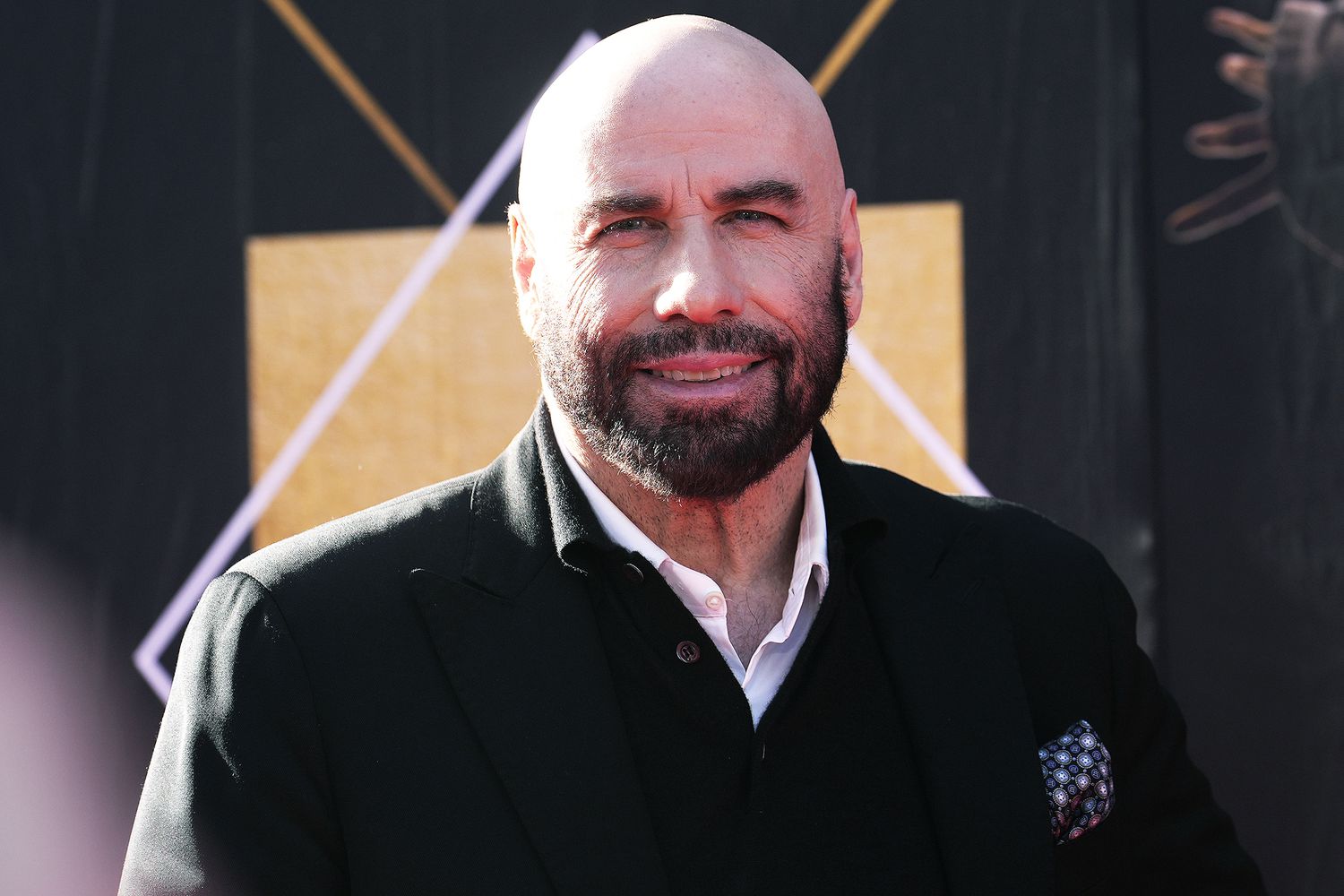
This evolution in the television landscape has blurred the lines between TV and film, offering audiences quality content that is both engaging and visually compelling.
The Impact of a Well-Chosen Role on Career and Social Commentary
The role of Robert Shapiro was more than just another acting job for Travolta; it was a chance to be involved in a project that resonated on a social level. He expressed a profound sense of pride in being associated with works that have depth and communicate significant cultural or societal messages.
“You have these points in your career when you are associated with high quality, with depth, communication, and things that matter on a social level. And when you hit those notes—whether it be Primary Colors, or on the cover of Time magazine, or Pulp Fiction, or Saturday Night Fever, or Urban Cowboy—where you’re affecting the society on a global level, then you feel a different kind of pride. It’s the pride of integrity,” Travolta explained in his interview with GQ.
I think about John Travolta's career a lot. The man should return to tv. We're in a golden age of television, Travolta could probably get any role he wants and redeem his career again. But instead he's still doing such crappy movies
— slamdunkatron 3000 (@MegaSexFalcon) February 27, 2019
Conclusion: John Travolta’s Reinvention Through Influential Collaborations
John Travolta’s venture back into television with The People v. O.J. Simpson was a landmark moment in his career, facilitated by the advice of peers and his own readiness to tackle something novel yet impactful. While the series itself was met with critical acclaim, Travolta’s performance sparked mixed reactions, showcasing the challenges and triumphs of redefining oneself as an actor. His journey underscores the significant role that mentorship and professional advice play in navigating career transitions, especially in an industry as dynamic as entertainment.
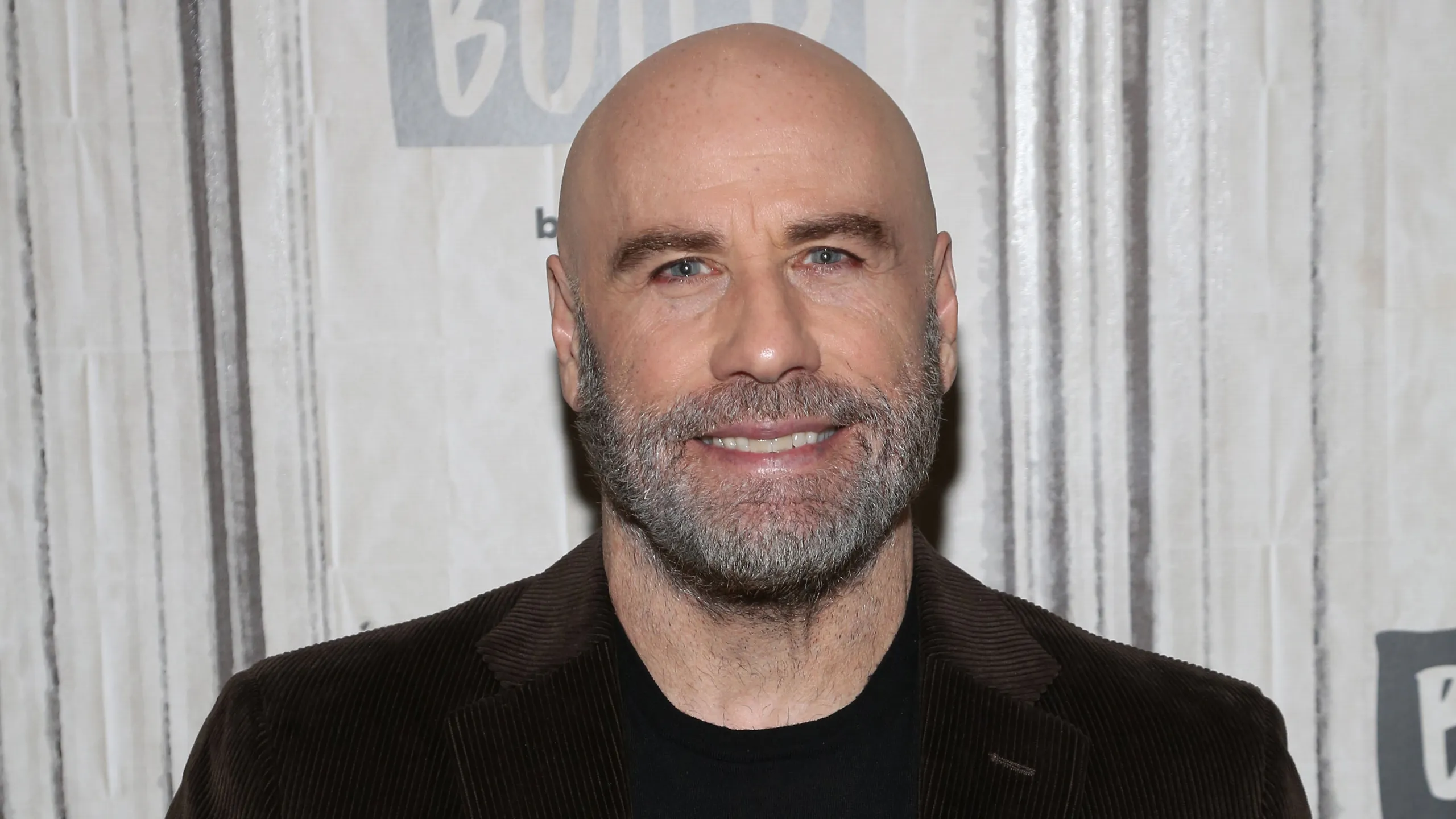
John Travolta’s story is a testament to the enduring nature of talent and the transformative power of strategic career moves, guided by the wisdom of industry giants. It’s a narrative that not only highlights personal growth and artistic reinvention but also encapsulates the changing ethos of television as a medium that continues to push the boundaries of storytelling.
